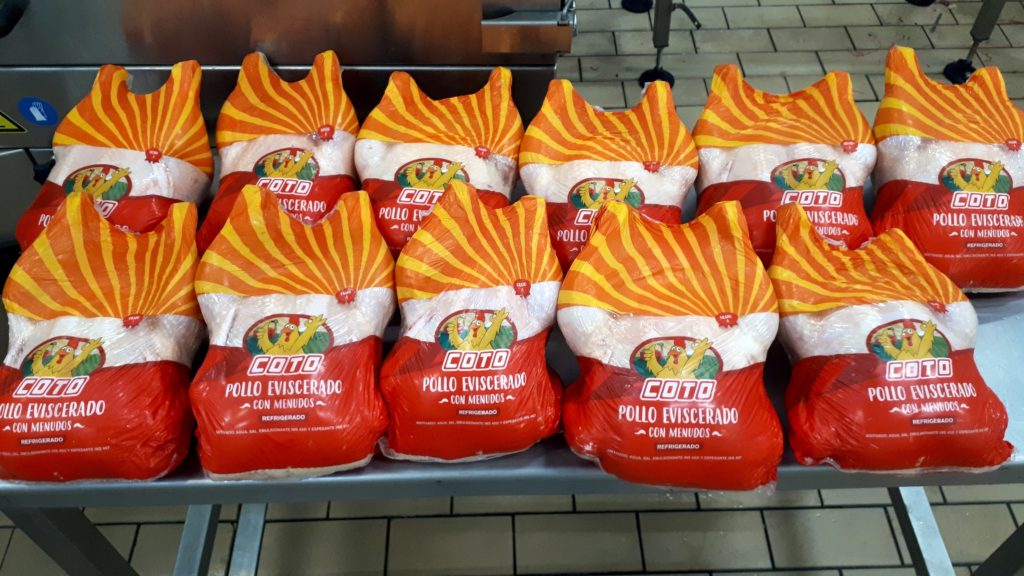A packaging machinery specialist is urging manufacturers to consider automated approaches to maximise output in the months ahead, in the face of labour pressures and meat shortages.
Figures from the Office for National Statistics showed that 18% of frozen turkeys were either unavailable or in low supply in early November, while the British Meat Processors’ Association has expressed concerns of shortages associated with labour intensive products, such as gammon and pigs in blankets.
Ed Williams, sales director at ULMA Packaging UK, believes automated lines could be key in tackling the issue. He explained, “Meat processing is still extremely labour-intensive, with large numbers of workers required to keep food production rolling. This is why automation could be a game-changer.
“While there are aspects of the production line that cannot be replaced by automation, packaging processes can be streamlined with semi or fully automated solutions, freeing up skilled workers to be deployed elsewhere.
“As we see restrictions re-imposed due to the Omicron variant, it is highly likely that supply chains and labour already impacted by Brexit and the pandemic will continue to be affected in the new year. Therefore, capital investment is an ideal way to maximise output going forward. While a fully automated solution could be the answer, semi-automated options can also dramatically improve efficiency through integration into existing lines. There are various options available which can be tailored depending on the specific application.”
Automation for packaging covers a number of areas including slicing and loading, packaging, inspection system and labelling, and case packing and palletising.
Ed added, “By liaising with machinery suppliers, processors can choose the best route for the needs of their businesses. For example, a turnkey approach can be implemented where automated lines need to work with numerous product types. Furthermore, vertical bagging solutions such as ULMA’s Venturi system are available with settings that reduce manual work, saving the operator time with less room for error and no decrease in production.”














